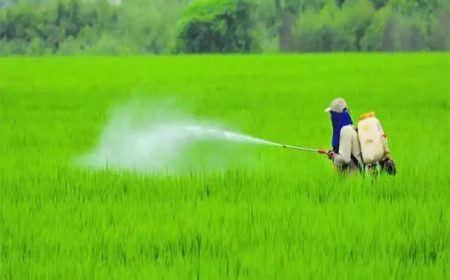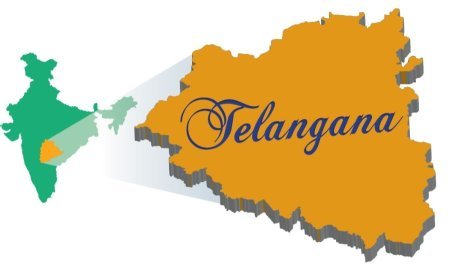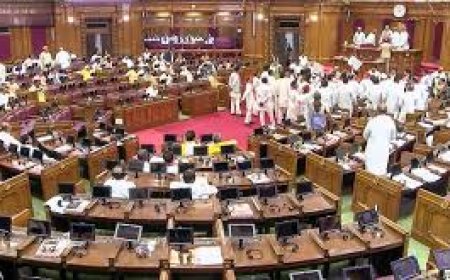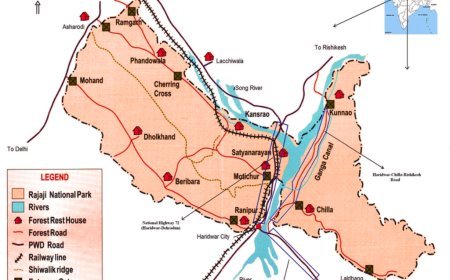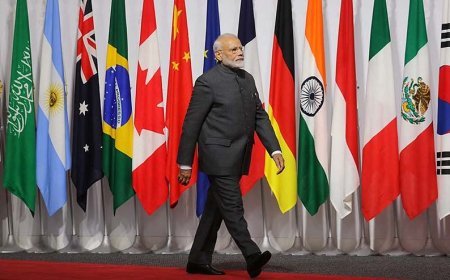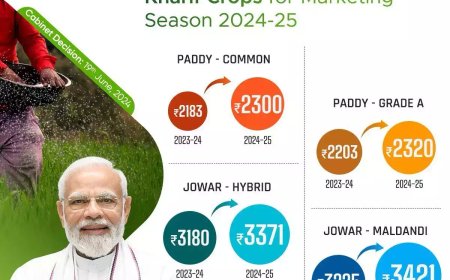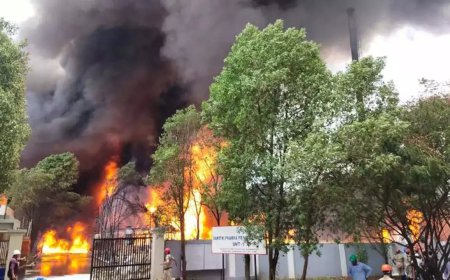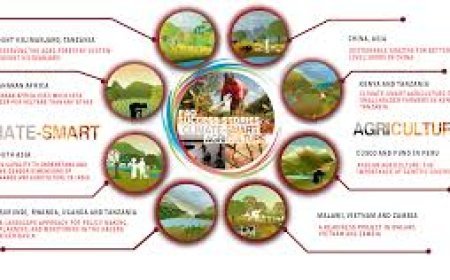The Connection Between Climate Change and Domestic Violence
study published in JAMA Psychiatry

Highlighted in Recent News
Recent news has shed light on a fresh study published in JAMA Psychiatry, underscoring the intertwining of environmental shifts brought about by climate change and the exacerbation of social issues, such as domestic violence.
Study Focus
The study delved into the correlation between ambient temperature and the prevalence of intimate partner violence (IPV) across India, Nepal, and Pakistan. Intimate partner violence, also referred to as domestic violence, encompasses behaviors within intimate relationships that inflict physical, sexual, or psychological harm. This umbrella term covers acts perpetrated by both current and former spouses or partners.
Categories of IPV
Sexual Abuse: Involves cases where individuals were coerced into unwanted sexual activities by their partners.
Physical Abuse: Encompasses actions like hitting, kicking, slapping, or attempting to harm someone physically.
Emotional Abuse: Encompasses insults, humiliation, or threats within an intimate relationship.
Psychological Abuse: Encompasses acts of intimidation, mental manipulation, and threats of harm.
Financial Abuse: Involves restricting a partner's financial independence by hindering their work, education, or self-sufficiency.
Stalking: Refers to a pattern of behavior aimed at intimidating, annoying, frightening, or harming an individual.
Online Abuse: Involves the use of digital platforms to harass, threaten, stalk, bully, or manipulate an intimate partner.
Study Findings
The study revealed a link between rising temperatures and an increase in domestic violence against women, with India projected to experience the most pronounced rise. A 1°C increase in the annual mean temperature correlated with a 4.5% surge in IPV prevalence. While this trend was observed in both urban and rural settings in India, it was more noticeable in lower-income households. Notably, instances of online hate speech also surged by 22% as temperatures climbed from 42°C to 45°C.
Climate and Gender-Based Violence
Globally, women and girls face a heightened risk during disasters, as evidenced by a 2019 analysis indicating they are 14 times more likely to experience harm. Changes in temperature and precipitation not only elevate the risk of violence but also escalate other societal upheavals like assaults, murder, riots, and even civil conflicts. The 6th Assessment Report of the Intergovernmental Panel on Climate Change (IPCC) highlighted the increased vulnerability of women, girls, and LGBTQI individuals to domestic violence, harassment, sexual assault, and trafficking in the aftermath of extreme weather events. The economic strains resulting from climate crises can further exacerbate these issues.
Future Prospects
Looking ahead, regions grappling with both patriarchal structures and climate stress must prepare for the social disasters that often accompany natural ones. By fostering gender sensitivity in climate action and disaster management responses, we can bolster infrastructures aimed at addressing intimate partner violence, enhance financial resilience, and develop robust support systems. Greater female involvement in climate initiatives, alongside a strong emphasis on incorporating gender considerations into policy-making processes, emerges as an imperative in current times.
What's Your Reaction?







